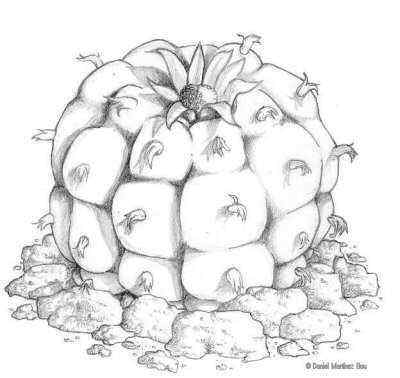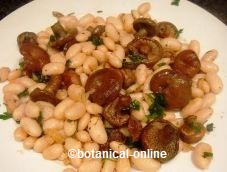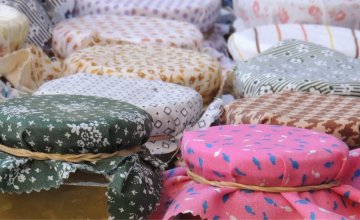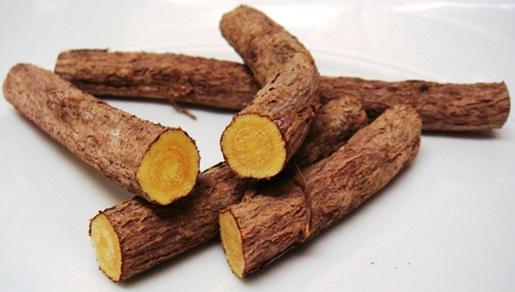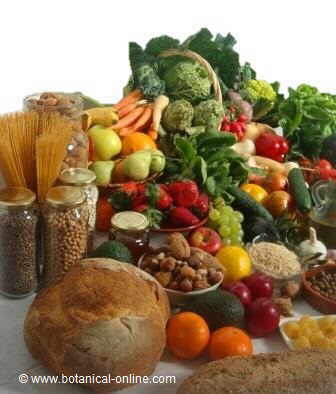Contents
- 1 Classes of mustard sauce
- 1.1 TRADITIONAL TYPES OF MUSTARD SAUCES
- 1.2 Dijon Mustard made with the traditional method
- 1.3 Classic Dijon mustard
- 1.4 Brive violet mustard or violet mustard
- 1.5 German mustard
- 1.6 English mustard sauce
- 1.7 American sauce
- 1.8 Sweet mustard
- 1.9 Bénichon mustard
- 1.10 Special mustard sauces
- 1.11 Did you know… about the mustardarius that…
Classes of mustard sauce
TRADITIONAL TYPES OF MUSTARD SAUCES
Dijon Mustard made with the traditional method
Dijon mustard is also called “Moutarde à l’ancienne de grains” or “Moutarde de Meaux”. Excellent Dijon mustard (from Burgundy, France), made from whole mustard seeds (usually from the species Brassica juncea), vinegar, salt and citric acid.
With a grainy but smooth texture, less spicy than classic Dijon mustard.
* More information: Old Mustard Sauce
Classic Dijon mustard
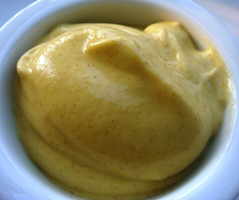 Photo of Dijon mustard
Photo of Dijon mustard
Tangy mustard sauce, made with ground mustard seeds, vinegar, salt and citric acid.
* More information: Traditional Mustard Sauce Recipe
Brive violet mustard or violet mustard
It is the original recipe of mustard, prepared in Brive (Corrèze). Made with black mustard, salt, juice and wine must.
In the fourteenth century, Pope Clement VI, a native of Corrèze but resident in Avignon, wanted to eat traditional mustard sauce from childhood. To do this possible, he sent for a mustard expert officer from Corrèze, Sir Jaubertie. His mustard was so successful that the expert was named “Big Pope mustard maker” (= in French: Grand moutardier du Pape).
This category is back to the Middle Ages when the medieval courts had an official responsible only to cultivate and prepare mustard sauce. They were called Mustardarius, and they were common in all courts across Europe due to the precious value of this refined sauce.
German mustard
Known as the “Lion Mustard” or Löwensenf. Original from Dusseldorf, Capital of mustard in Germany. It is used to accompany sausages, cold meats, and especially in the traditional potato salad “Kartoffelsalad”.
English mustard sauce
Among all, the most emblematic Worcestershire sauce is Colman’s mustard. It is a mustard sauce originated in England (Norwich), created by Colman of Norwich in 1814. It has a tangier flavor because it contains a mixture of white mustard (Sinapis alba) and Indian mustard (Brassica juncea).
American sauce
Derives from the English mustard. Smooth sauce prepared with white mustard (Sinapis alba), and other spices. Mild flavor, which is used to flavor the popular “hot dogs”
* More information: English or American mustard sauce
Sweet mustard
Made from mustard seeds, salt, spices, acidifier, malt or apple vinegar, sugar, candy, and herbs. Derived from the Bavarian mustard, a sweet preparation also produced from seeds of wild mustard, coarsely ground grains, honey and herbs.
* More information: Sweet Mustard Sauce Recipe
Bénichon mustard
Salsa originated in the Swiss canton of Fribourg. Made with sugar, cinnamon, anise, cloves, mustard flour, white wine and wine. This kind of sauce is traditionally consumed during the popular party of Bénichon, in autumn, to celebrate the harvest.
Although this party formerly had a strong religious character, now it has become a folk one full of traditional gastronomic varieties . At these parties, as an appetizer, the typical Bénichon mustard sauce is smeared on a toast of ” cuchuaule“, which is a typical saffron cake.
Special mustard sauces
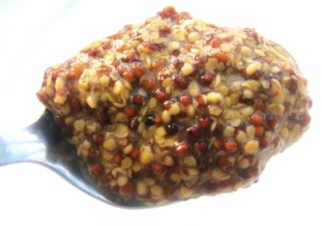 Photo of traditional Dijon mustard, made with whole Indian mustard seeds (Brassica juncea).
Photo of traditional Dijon mustard, made with whole Indian mustard seeds (Brassica juncea).- Tarragon mustard : Variant of Dijon mustard with tarragon.
- Cassis mustard: Also known as red mustard sauce or “moutarde de cassis” in French. It is a variant of Dijon mustard with blackcurrant and white wine. It is normally used to accompany game meats.
- Mustard with herbs: Made from whole mustard seeds, salt, spices, acidifier, white wine vinegar, sugar, parsley, cilantro and herbs.
- Spicy mustard: Typically made with whole mustard seeds, salt, spices, acidifier and cayenne pepper.
- Tomato mustard: Whole seed mustard, salt, spices, acidifier, dried tomatoes, wine vinegar and sugar.
- Honey mustard: It is a sweet mustard made from mustard seeds, salt, spices, acidifier and honey.
Did you know… about the mustardarius that…
The taste of mustard was so precious that in medieval courts of Europe there was a mustardarius, that is to say, an official in charge of growing and preparing mustard. —-
![]() More information on mustard.
More information on mustard.

